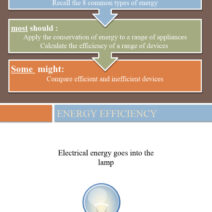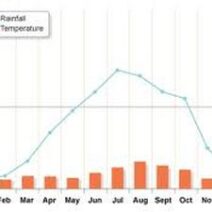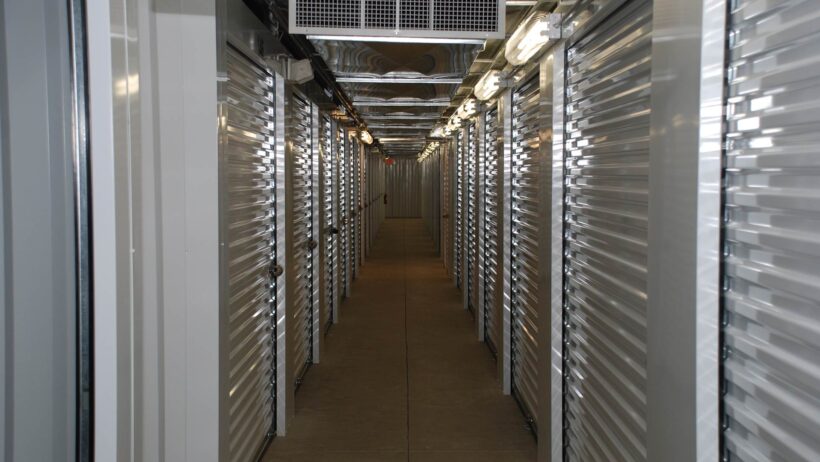When considering storage solutions, many find themselves weighing the practicalities of climate-controlled storage units against conventional storage options. While traditional storage facilities offer basic solutions without climate management, climate-controlled units come with inherent advantages and additional costs. The question remains: Is it worth it? This exploration will analyze the multifaceted aspects of climate-controlled storage, examining its financial implications, environmental impacts, and overall utility.
Understanding Climate-Controlled Storage: The primary allure of climate-controlled storage units lies in their ability to maintain a consistent environment. These storage units regulate temperature and humidity, safeguarding possessions from the detrimental effects of extreme weather conditions. Items such as wooden furniture, artwork, electronics, and important documents are particularly vulnerable to damage from moisture and temperature fluctuations. Consequently, the necessity for such accommodations becomes apparent for those possessing valuables that demand extra care.
The Economic Considerations: The cost differential between standard and climate-controlled units can be significant. Rental prices for climate-controlled storage are often 20-50% higher than their traditional counterparts. Factors contributing to this price increase include the technology required for climate regulation, insulation, and enhanced operational costs incurred through energy consumption. To determine whether the additional expense is justified, it is paramount to reflect on the potential losses that could stem from improper storage. For instance, the cost of repairing or replacing damaged items can far outweigh the monthly fees associated with climate-controlled units.
Potential Detriments to the Environment: As an eco-conscious society, we must also deliberate on the environmental ramifications of climate-controlled facilities. These units typically consume more energy, which contributes to greenhouse gas emissions. In a world grappling with climate change, the energy-intensive nature of climate-controlled storage should not be overlooked. Consumers may find alternative storage solutions and environmentally friendly practices—such as seeking out energy-efficient facilities or utilizing natural materials for packing—to mitigate the ecological footprint. Awareness and mindfulness in selecting storage options can lead to more sustainable behaviors.
Items That Benefit from Climate Control: The decision to utilize climate-controlled storage should also be contingent upon the specific items requiring protection. For instance, delicate art pieces and heirloom antiques are significantly at risk in fluctuating environments. Similarly, certain electronic devices may suffer irreversible damage under adverse conditions. On the other hand, everyday items such as clothing or seasonal decorations generally require less stringent storage conditions. Therefore, it is vital to categorize one’s belongings and ascertain which items merit the protection offered by climate-controlled facilities.
Climate-Controlled Storage vs. Self-Storage: A further comparison worth addressing involves climate-controlled storage units when juxtaposed with self-storage options. Self-storage refers broadly to rented spaces enabling individuals to store their belongings at their discretion. While self-storage may promise lower prices and flexibility, it lacks the environmental safeguards that climate-controlled units offer. Individuals must weigh their priorities, determining whether cost savings supersede the potential risks associated with poor storage practices. For long-term storage of sensitive items, climate-controlled options undoubtedly present a more prudent choice.
Convenience and Accessibility: The convenience associated with climate-controlled storage units should not be overlooked. Many such facilities employ high-tech security systems and enhanced monitoring capabilities, offering peace of mind for consumers. Furthermore, the ability to access well-maintained units ensures that items can be retrieved seamlessly, without concerns about degradation over time. As a result, individuals with a cacophony of possessions may find that climate-controlled storage provides a holistic solution that is both practical and reassuring.
Inspection and Maintenance Protocols: In addition to the basic utility of climate-controlled storage, understanding the protocols employed to maintain optimal environmental conditions is crucial. Facility operators usually conduct regular inspections to ensure that temperature settings remain stable and humidity levels are appropriate. Additionally, advanced technologies such as humidity sensors and thermostats safeguard against system failures that could lead to asset damage. Evaluating a facility’s maintenance practices can help potential customers make informed decisions about investment in climate-controlled options.
Reviewing the Long-Term Costs: Beyond the monthly rental fees, it is essential to consider the long-term costs associated with climate-controlled storage. Factors such as potential insurance premiums for high-value items, energy consumption for mobile units, or the costs related to accessing storage facilities can accrue. Therefore, it is wise for individuals to conduct a cost-benefit analysis, taking into account not just immediate expenses but potential future financial impacts.
Conclusion: Ultimately, the question of whether climate-controlled storage is worth the investment hinges on a confluence of factors, including the value of the items stored, environmental considerations, and individual financial constraints. In an era where environmental sustainability is paramount, consumers must navigate these choices with prudence. While climate-controlled storage may not be necessary for every situation, it unquestionably serves a critical role for those possessing sensitive items. As stewards of our possessions, it is our responsibility to consider both the tangible and intangible costs involved in the storage solutions we select.








